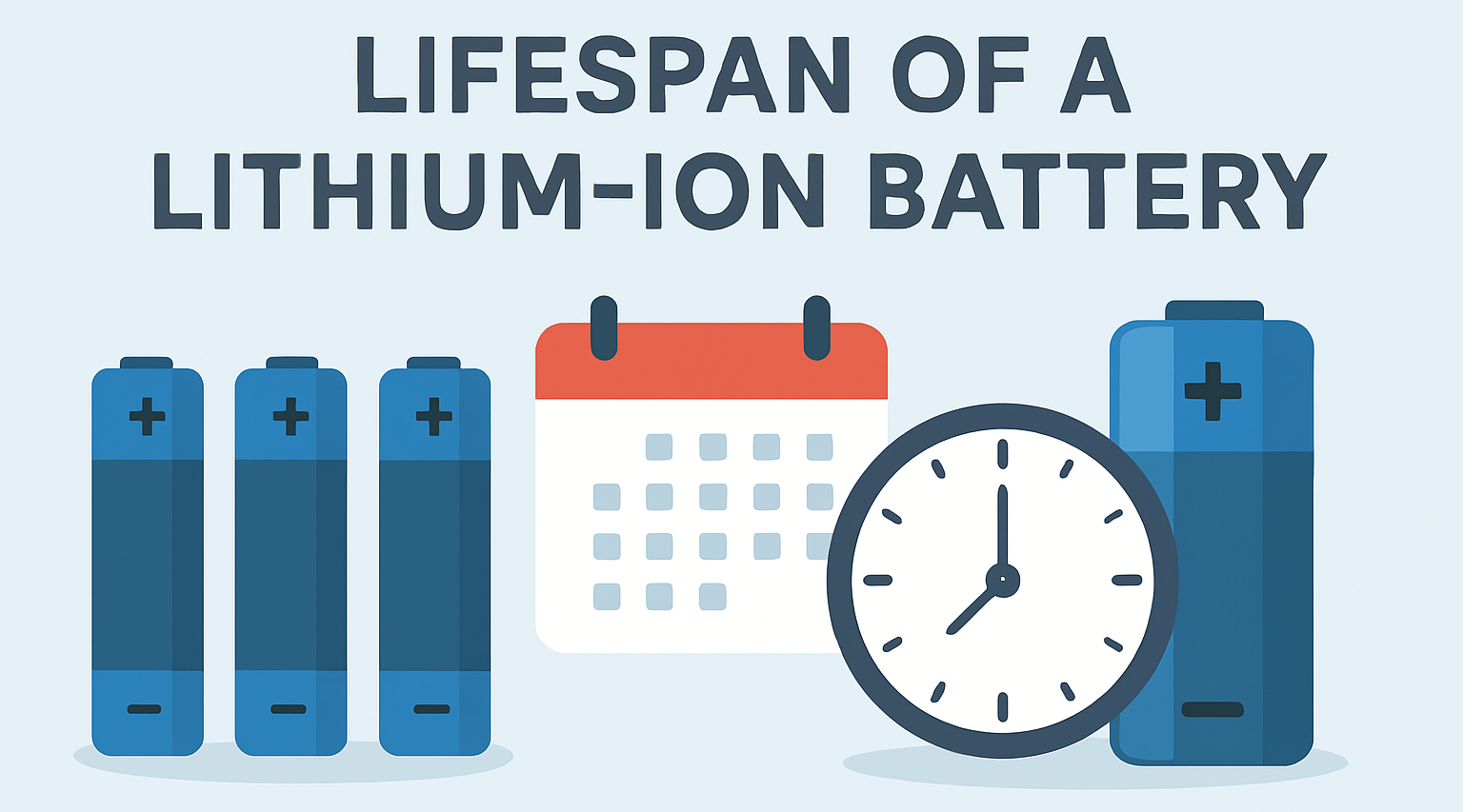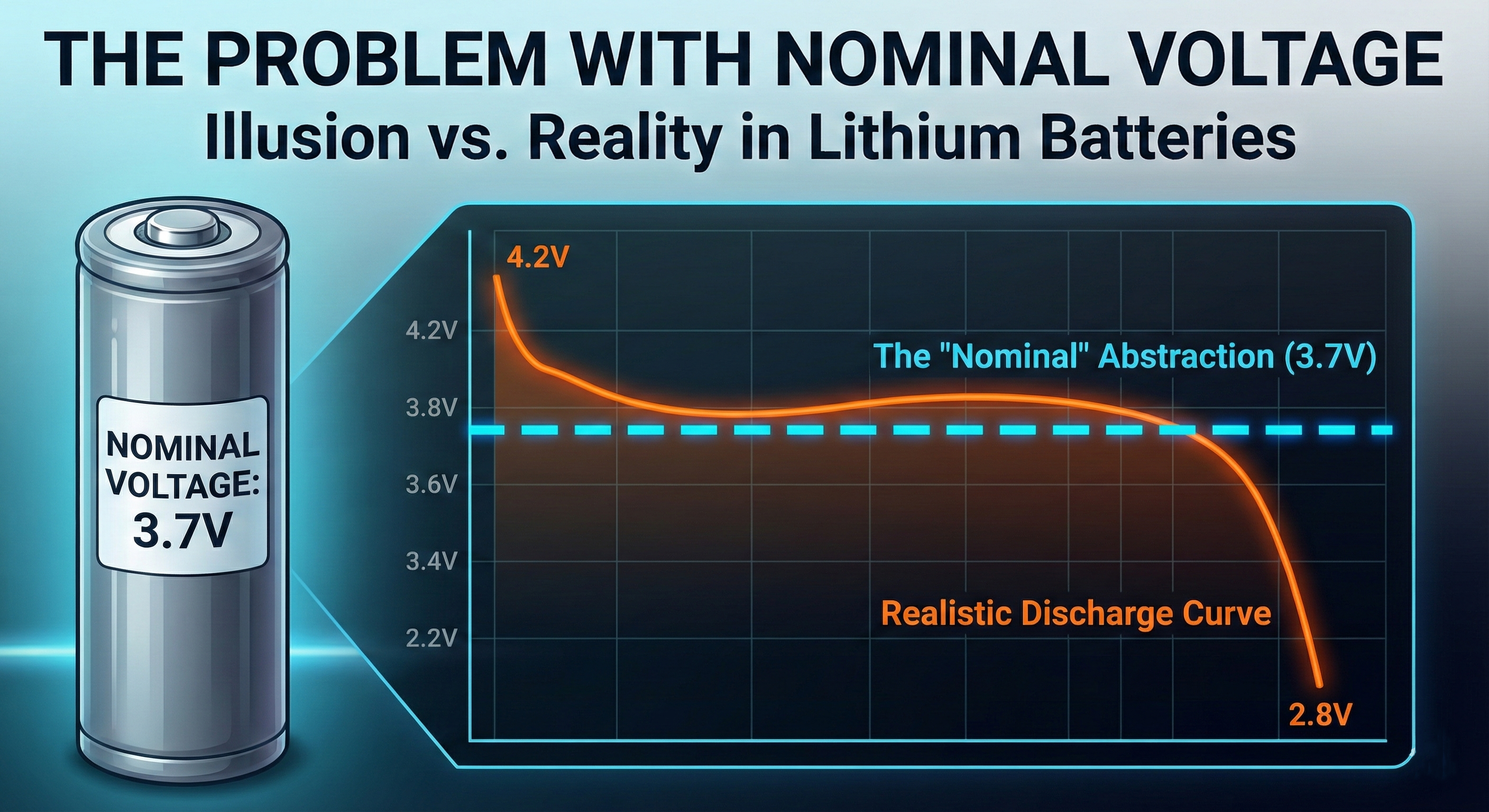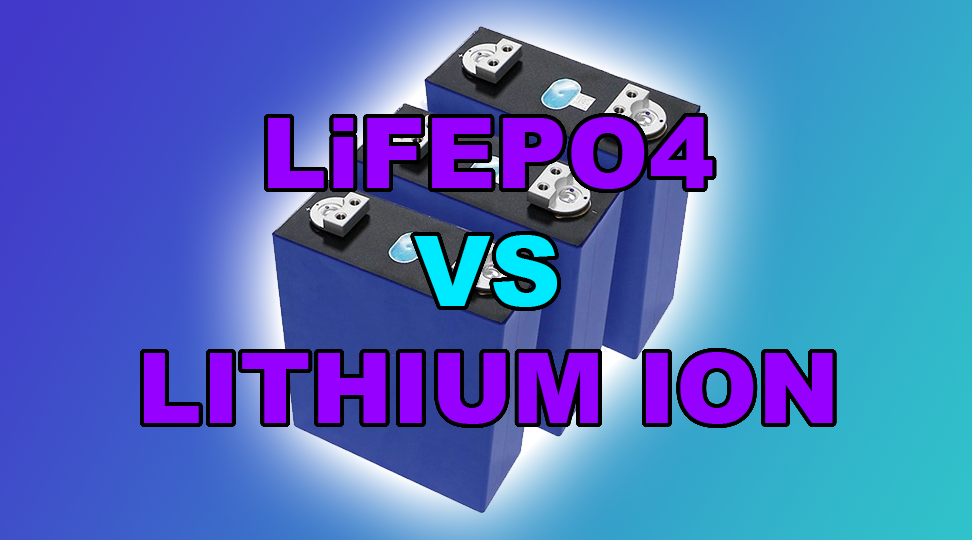
How Long Does A Lithium Ion Battery Last
Table of Contents
Lifespan of a Lithium ion battery
If you are looking into getting into building and selling batteries you may want to learn about the lifespan of a lithium ion battery. Understanding the Battery life cycle is important if you are going to be doing business. This is because all lithium ion batteries will eventually go bad. So, you need to be able to tell your customers how long the product they are buying is going to last. Unlike a Lead acid battery, lithium-ion cells offer higher energy density but require careful Battery maintenance to prevent premature Battery degradation. Lithium ion batteries, on the other hand, are basically maintenance free.
How Long Does a Lithium Ion Battery Last?
NMC, which is the most common lithium-ion chemistry, can endure between 500 to to 800 battery cycles. So, if you full deplete and fully recharge your ebike battery every day, you can expect it to last around 800 days before it needs to be replaced, which is just over 2 years. In reality, this usually works out to 3 to 4 years because most batteries are not fully drained and recharged every day. In contrast, LFP lithium ion batteries can last for 1000 to 2000 cycles, which easily translates to 5 years or more.
It's also important to consider the fact that if treated poorly, a lithium ion battery will have be able to provide many less cycles that expected, reducing the lifespan of the battery to a year or less. This is what its important to follow best practices when charging, discharging, and storing your lithium ion batteries.
Factors Affecting Lifespan
Depth of Discharge: As a lithium ion battery's voltage lowers, its internal resistance increases. This makes the battery generate more heat than it normally would per amps of discharge current. So, if you make sure not to fully drain the cells, it will greatly improve the batterie's overall lifespan.
Depth Of Charge: As you may expect, the same is true in the other direction. The top end of the lithium ion battery charge cycle is when the chemistry is most active. There is a little damange being done if the batteries sit at that voltage, but that damage happens slowly over a long period of time. Proper Battery charging strategies, like limiting to 80 % state-of-charge, can significantly improve cycle count by keeping the battery cells outside of these more volatile and higher resistance ranges.
Temperature: The effects of temperature on battery lifespan may be more dramatic than you realize. At around 20 °C (68 °F), NMC lithium-ion cells show the least amount of capacity loss, only around 1% per year when stored at 10 % state-of-charge (SOC), and under 3 % even over the full 0–100 % SOC range.
As temperature rises, calendar- and cycle-fade accelerate rapidly:
- 25 °C (77 °F): ~ 6–8 % loss per year
Accord to the Su et al. report, you can expect around 6.4 % capacity fade after ten months of storage at 100 % SOC, which extrapolates to roughly 7.7 % per year at this temperature. - 35 °C (95 °F): ~ 12–16 % loss per year
Empirical models show fade roughly doubling for every +10 °C increase above room temperature. - 45 °C (113 °F): ~ 24–32 % loss per year
After 720 charge/discharge cycles at this elevated temperature, fade is way, way worse reaching a staggering 4.2 times the losses at 25 °C. - 60 °C (140 °F): ≥ 50 % loss per year
At such extreme temperatures, irreversible growth of the solid-electrolyte interphase (SEI) and lithium plating dominate, driving capacity loss well above half the battery’s original capacity in a single year.
From the data, you can clearly see that keeping lithium-ion batteries cool and avoiding full-charge storage are the most effective ways to prolong lithium ion battery life.
EV Battery Considerations
Electric vehicles are subjected to a wide range of harsh conditions, so these vehicles rely on a highly sophisticated Battery management systems for EV longevity. These extended function BMS can do all the things a normal BMS can do, while also being able to monitor and operate evaporative refrigeration units to keep the batteries cool.
These built in systems do pretty well to extend the overall lifespan of the car's lithium ion battery, but you can help by adhering to Ideal charge cycles for EV batteries, which is typically between 20% and 80% to reduces stress and delays Battery degradation in electric vehicles.

You can see that the car that goes easier on its battery will actually end up driving almost 200,000 more miles than the car using a fully charged and fully depleted battery. Its a simulated chart, so its linear, and it doesn't show the realistic curve that would be there as the battery gets older and older. It does, however, clearly demonstrate that a fully charged battery will get you more miles now but less miles overall.
Also, its important to consider that the data that's missing in the graph would actually make the low DoD battery look even better than it does, as those effects would apply less to the low DoD battery.
What Have We Learned About How Long A Lithium Ion Battery Lasts?
While every lithium-ion battery will eventually lose capacity, most users can expect several years of service from modern cells. This generally means 500-800 full cycles which translates to roughly 3 to 4 years of daily use. LFP can net you 5 years or more due to its higher cycle count. NMC in electric vehicles, however, are well cooled and in highly parallel and highly series situations that lower the overall load that each cell sees.
This enables them to last many more years than a normal NMC battery. How you treat the pack makes all the difference. If you limit the depth of discharge and charge by staying between 20 % and 80 % SOC and avoiding high-temperature exposure, you can dramatically slow both cycle-fade and calendar-fade.
We hope this article helped you learn everything you needed to know about how long a lithium ion battery lasts. Thanks for reading!


